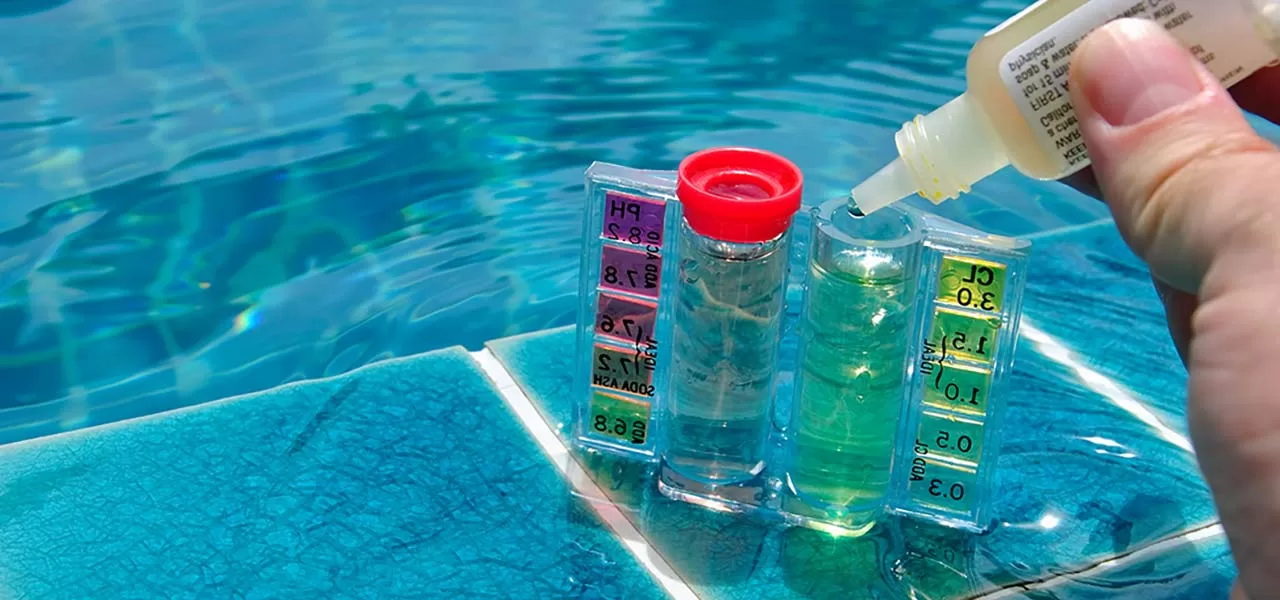The science of pool chemistry is an important aspect of maintaining a safe and healthy swimming environment. The right chemical balance is needed to keep your pool water clean, prevent discoloration and avoid damage to your pool equipment.
pH and alkalinity are essential in keeping your pool water properly balanced. Understanding how these two work together can help you save time and money while keeping your pool safe and enjoyable for you and your family.
Alkalinity
Pool chemistry is an important part of keeping your pool in good working order. Improper chemical levels can lead to itchy skin, cloudy water, corroded plumbing and even pool damage.
One of the most common mistakes is to confuse pH with alkalinity. Both are important aspects of pool chemistry and they work very closely together, but are not the same thing.
While pH is the measurement of acidity, alkalinity measures the concentrations of the alkaline substances in water. These measurements are generally reported as parts per million (ppm).
Total alkalinity is the concentration of all the bicarbonate ions present in water and is usually measured by a titration. The test involves adding an appropriate amount of acid to a sample and measuring the amount of calcium carbonate (CaCO3) that forms in response to the acidic stimulus.
This value is also referred to as the “alkalinity of water.” When pool and spa water has too little total alkalinity, it is susceptible to rapid pH changes. These changes are called pH “bounce.” Extreme pH bounce can cause problems with chlorine sanitizer, metal corrosion, staining and scaling.
Most textbooks recommend maintaining the total alkalinity of your pool water between 80 to 120 ppm. We at Orenda believe this range is too high for most pool owners and prefer a lower level between 7.2 to 7.8 ppm.
The simplest way to determine the level of total alkalinity is by performing a titration with a meter and an indicator. The color of the meter is indicative of how much of the indicated chemical has been added to the water sample.
In addition to pH and alkalinity, other important balancing factors for your pool include calcium hardness, cyanuric acid and chlorine. Using a balancing product to buffer the pool water, such as sodium carbonate, will help ensure that all these chemical levels are balanced and not out of balance with each other.
pH
The science of pool chemistry can be confusing. But with the right knowledge, wrapping your head around it becomes much easier.
pH and alkalinity are two of the most important factors in keeping your pool water balanced. The correct balance ensures you have safe, healthy, comfortable and enjoyable pool water to enjoy.
Using the proper test kits and maintaining your pool properly are keys to making sure your pool stays in great shape for years to come. But you must also be aware of what causes your pool’s pH and alkalinity to rise and fall.
In terms of chemistry, pH is the negative log of hydrogen ion concentration in a solution. It was first defined by Danish biochemist Soren Peter Lauritz Sorensen in 1909.
pH is based on how water dissociates or comes apart, or the concentration of H+ ions and OH- ions. The negative log is a simple calculation that indicates how many moles of H+ ions are in a given amount of solution.
Since water has an ionic charge, the concentration of H+ ions must be matched with the concentration of OH- ions to create an ideal acid-base ion balance. This is why the positive log of a pH value is higher than its negative one.
Because of this, pH and alkalinity are closely related. Any changes in the concentration of acid-base ions will influence the concentration of total alkalinity, and vice versa.
If you’re concerned about your pool’s pH and alkalinity, you can add baking soda (also known as sodium bicarbonate) to your pool. This is a common chemical used in pool maintenance to increase total alkalinity and can be purchased at your local grocery store.
Once the baking soda is added, allow your pool to settle for about six hours. Then retest the water. If the alkalinity levels are too low, add more baking soda or alkalinity-increasing products.




